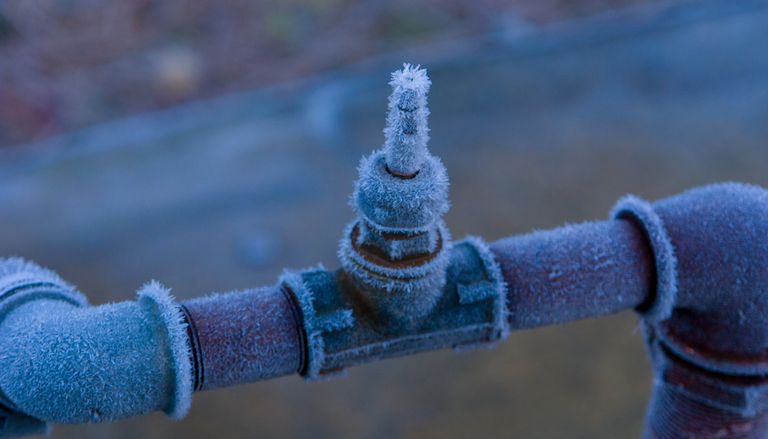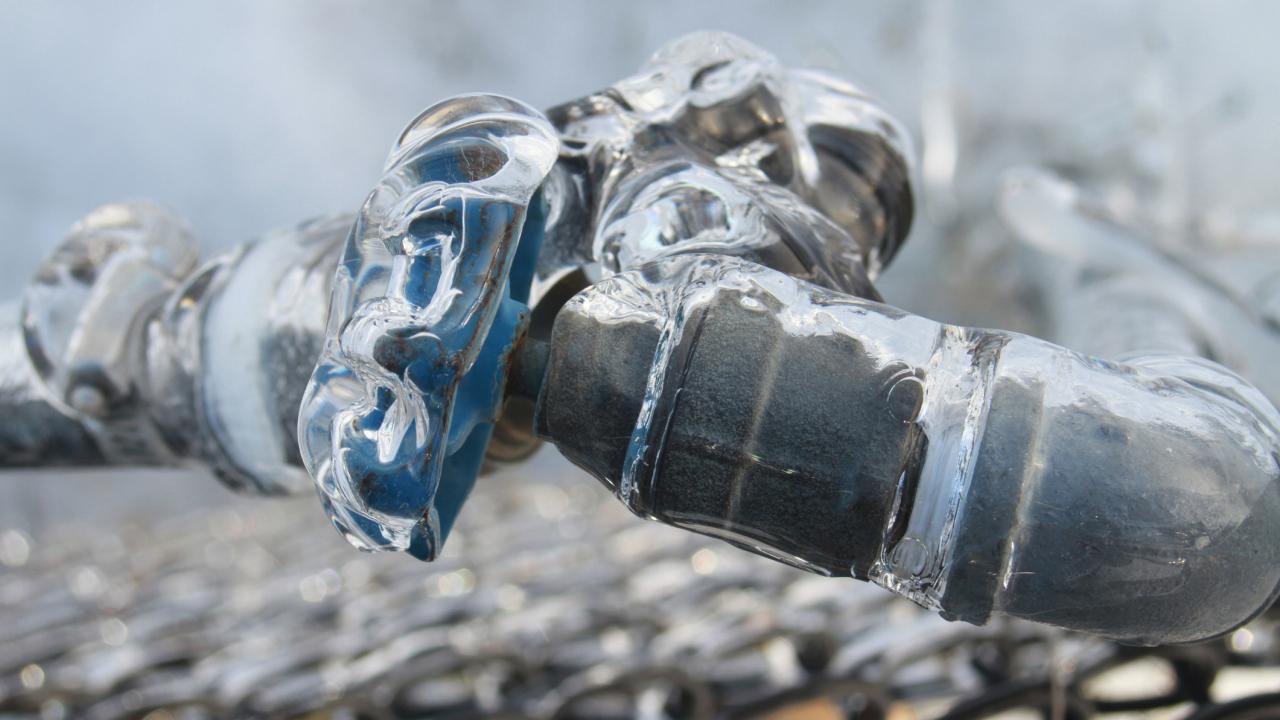Essential Approaches for Preventing Frozen Pipes in Winter
Essential Approaches for Preventing Frozen Pipes in Winter
Blog Article
Do you find yourself interested in critical info on Helpful Tips to Prevent Frozen Pipes this Winter?

Winter can wreak havoc on your pipes, specifically by freezing pipes. Below's how to stop it from happening and what to do if it does.
Introduction
As temperature levels drop, the danger of icy pipelines increases, potentially bring about pricey repair work and water damage. Recognizing just how to prevent frozen pipes is important for home owners in cool environments.
Recognizing Icy Pipelines
What creates pipelines to ice up?
Pipelines ice up when revealed to temperature levels listed below 32 ° F (0 ° C) for prolonged periods. As water inside the pipes freezes, it increases, putting pressure on the pipeline wall surfaces and possibly triggering them to burst.
Dangers and damages
Frozen pipes can result in water system interruptions, home damages, and expensive fixings. Burst pipelines can flooding homes and cause comprehensive architectural damages.
Signs of Frozen Pipeline
Determining icy pipelines early can stop them from bursting.
How to determine frozen pipes
Look for decreased water circulation from taps, uncommon odors or noises from pipes, and noticeable frost on revealed pipelines.
Prevention Tips
Insulating at risk pipelines
Wrap pipes in insulation sleeves or make use of warm tape to safeguard them from freezing temperature levels. Concentrate on pipes in unheated or exterior locations of the home.
Heating methods
Keep interior rooms appropriately heated up, especially areas with pipes. Open cupboard doors to permit warm air to distribute around pipelines under sinks.
Safeguarding Exterior Pipes
Garden pipes and exterior taps
Disconnect and drain yard tubes prior to winter season. Install frost-proof spigots or cover outside taps with insulated caps.
What to Do If Your Pipes Freeze
Immediate actions to take
If you suspect frozen pipelines, maintain taps open to alleviate stress as the ice melts. Make use of a hairdryer or towels soaked in hot water to thaw pipelines slowly.
Long-Term Solutions
Architectural adjustments
Take into consideration rerouting pipes far from exterior walls or unheated locations. Add additional insulation to attic rooms, basements, and crawl spaces.
Upgrading insulation
Buy top quality insulation for pipelines, attic rooms, and walls. Proper insulation assists keep regular temperatures and decreases the danger of icy pipelines.
Verdict
Avoiding frozen pipes needs positive procedures and fast actions. By recognizing the reasons, indicators, and safety nets, house owners can secure their pipes during cold weather.
5 Ways to Prevent Frozen Pipes
Drain Outdoor Faucets and Disconnect Hoses
First, close the shut-off valve that controls the flow of water in the pipe to your outdoor faucet. Then, head outside to disconnect and drain your hose and open the outdoor faucet to allow the water to completely drain out of the line. Turn off the faucet when done. Finally, head back to the shut-off valve and drain the remaining water inside the pipe into a bucket or container. Additionally, if you have a home irrigation system, you should consider hiring an expert to clear the system of water each year.
Insulate Pipes
One of the best and most cost-effective methods for preventing frozen water pipes is to wrap your pipes with insulation. This is especially important for areas in your home that aren’t exposed to heat, such as an attic. We suggest using foam sleeves, which can typically be found at your local hardware store.
Keep Heat Running at 65
Your pipes are located inside your walls, and the temperature there is much colder than the rest of the house. To prevent your pipes from freezing, The Insurance Information Institute suggests that you keep your home heated to at least 65 degrees, even when traveling. You may want to invest in smart devices that can keep an eye on the temperature in your home while you’re away.
Leave Water Dripping
Moving water — even a small trickle — can prevent ice from forming inside your pipes. When freezing temps are imminent, start a drip of water from all faucets that serve exposed pipes. Leaving a few faucets running will also help relieve pressure inside the pipes and help prevent a rupture if the water inside freezes.
Open Cupboard Doors
Warm your kitchen and bathroom pipes by opening cupboards and vanities. You should also leave your interior doors ajar to help warm air circulate evenly throughout your home.

I stumbled upon that blog posting about Preventing and dealing with frozen pipes when doing a lookup on the web. Liked our blog? Please share it. Let another person find it. Thanks for your time. Don't forget to come visit our website back soon.
Phone Report this page